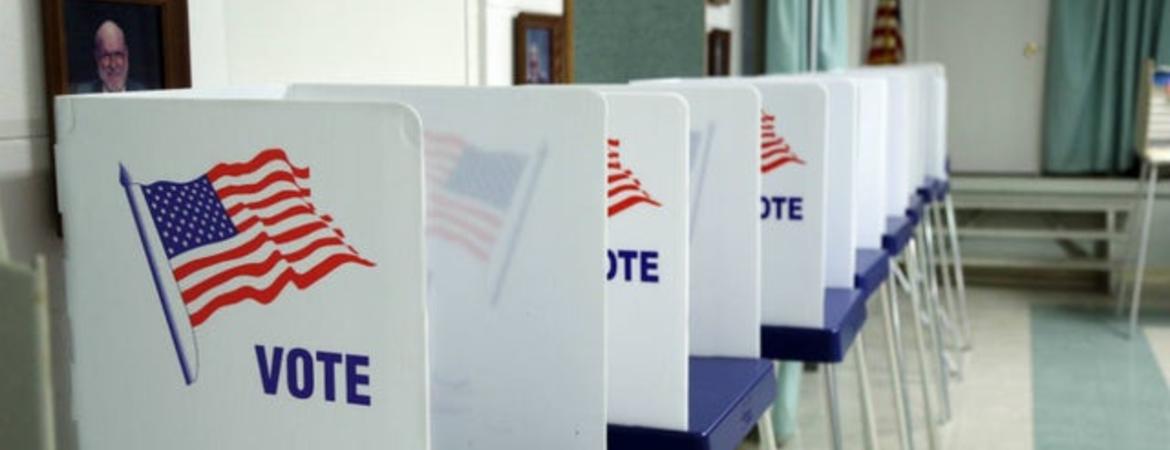Center for Social Innovation

American Politics and Mass Political Behavior associate Professor at the University of California Riverside, Loren Collingwood, said the division on race ideas began in 2008, during the Obama administration.
“Political scientists have investigated this a lot, and it goes back to the 2008 election when Obama got in,” Collingwood told Scriberr News.
“And then the 2010 Tea Party response to him was cloaked in a lot of racial imagery, racialize language, images of Obama dressed up as like a makeshift African dancer or something very stereotypical, and you would see images like that at rallies.”
Race Relations
In 2016, 11 percent of Trump voters said, “it is a lot more difficult,” to be a black person in this country than white, while 57 percent of Clinton voters agreed, according to the Pew Research study.
Today, 74 percent of Biden voters believe “it is a lot more difficult,” while 9 percent of Trump voters agree.
Cabassa said the disparities black Americans may face depends on many factors, such as location and work industry.
“Today, I see that it’s extremely hard to be a white person, because white silence is violence,” Cabassa said. “I mean, you have college professors calling on people to admit that they’re just inherently racist, because of the way that they’re born.”
Generational wealth is another factor that may make it difficult for African Americans and Latinos to succeed in society, Cabassa explained.